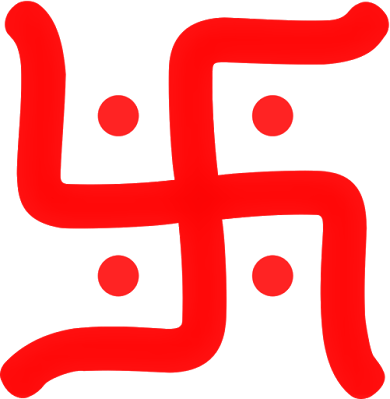SWASTIKA

SWASTIKA The Swastika is an extremely powerful symbol which is in use for over 3000 years. The image of swastika was used by many cultures around the world, including China, Japan, India and southern European countries. The symbol has many names: ‘wan’ in China, ‘flyflot’ in England, ‘hakenkeuz’ in Germany, ‘tertraskelion’ and ‘gammadion’ in Greece and ‘swastika’ in India. Native Americans also have long used the symbol of swastika. It is an equilateral cross with its arms bent at right angles, in right-facing form in counter clock motion or its mirrored left-facing form in clock motion. It remains widely used in Indian religions, specifically in Hinduism, Buddhism and Jainism, primarily as a 'tantric' symbol to evoke 'Shakti' or the sacred symbol of good luck. The word 'swastika’ comes from the Sanskrit ‘svastika’ - ‘su’ meaning ‘good’, ‘asti’ meaning ‘to be’ and ‘ka’ as a suffix. It is the symbol which represents life, sun, power, strength and good luck.